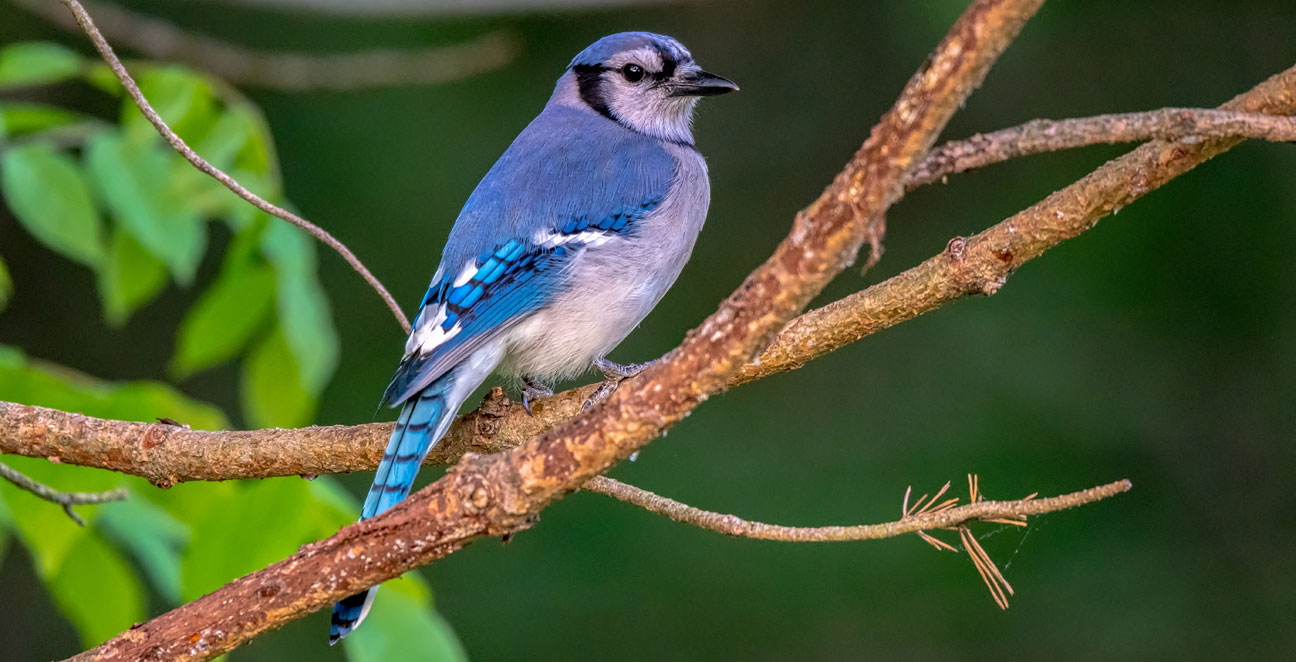
Sharp-shinned Hawk
Scientific Name:
Accipiter striatus
Length:
9.4-13.4 in (24-34 cm)
Weight:
3.1-7.7 oz (87-218 g)
Wingspan:
16.9-22.1 in (43-56 cm)
Nest:
Sharp-shinned Hawks favor pine, spruce, or fir trees as nesting sites, but may also use aspens and hardwood trees. The nest is always placed under dense forest cover, usually toward the top of a tall tree, but well under the canopy.
Eggs:
4-5, sometimes 3, rarely 1-6. Bluish-white fading to white, blotched and washed with brown. Incubation is mostly by female, 30-35 days.
Feeding Behavior:
These birds surprise and capture most of their prey from cover or while flying quickly through dense vegetation. They are adept at navigating dense thickets, although this hunting method is often hazardous to the hawk. The great majority of this hawk's prey are small birds, especially various songbirds such as sparrows, wood-warblers, finches, wrens, nuthatches, tits, icterids and thrushes.
Young:
The chicks hatch helpless and are covered with white down. They are brooded for 16 to 23 days by the female, while the male defends the territory and catches prey. The young fledge at the age of about a month and rely on their parents for feeding and protection for another 4 weeks.
Range:
This species is widespread in North America, Central America, South America and the Greater Antilles. Sharp-shinned Hawks of the Appalachians and Western mountains may remain there year-round, whereas birds that breed in the northern U.S. and Canada leave their breeding grounds and may winter in the rest of the continental United States or migrate as far as southern Central America.
Brief Description:
Adults are slaty blue-gray above, with narrow, horizontal red-orange bars on the breast. The flight feathers are whitish barred blackish. The legs are long and very slender and yellow. The hooked bill is black and the cere is yellowish. Immature birds are mostly brown, with coarse vertical streaks on white underparts. Adults and young have broad dark bands across their long tails.